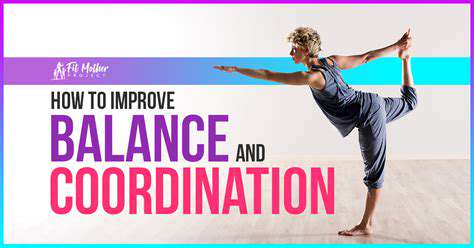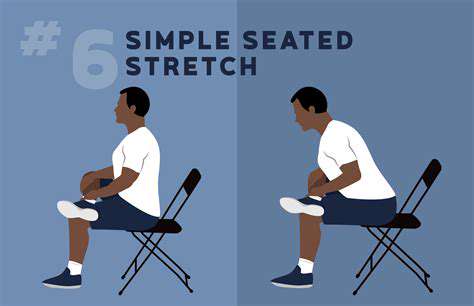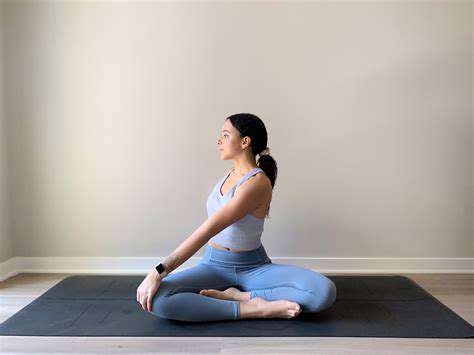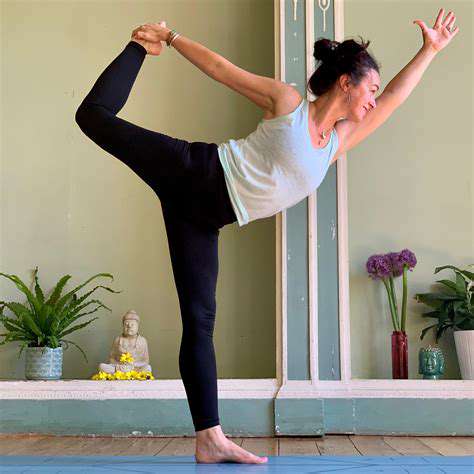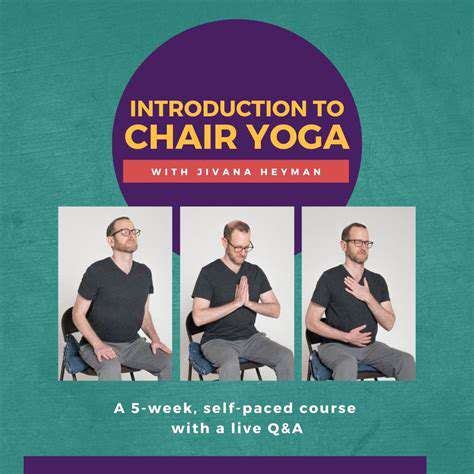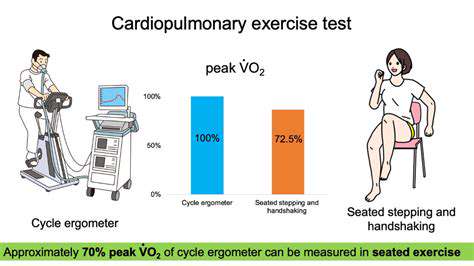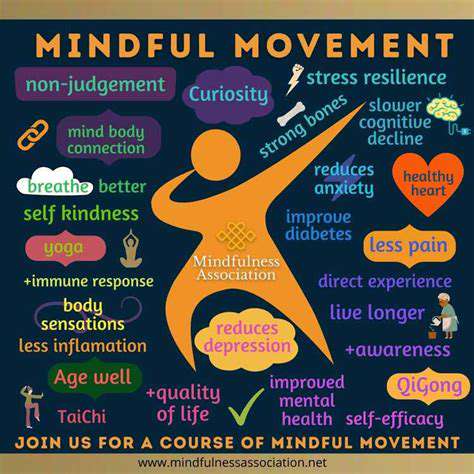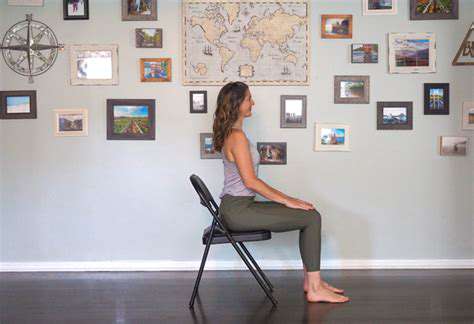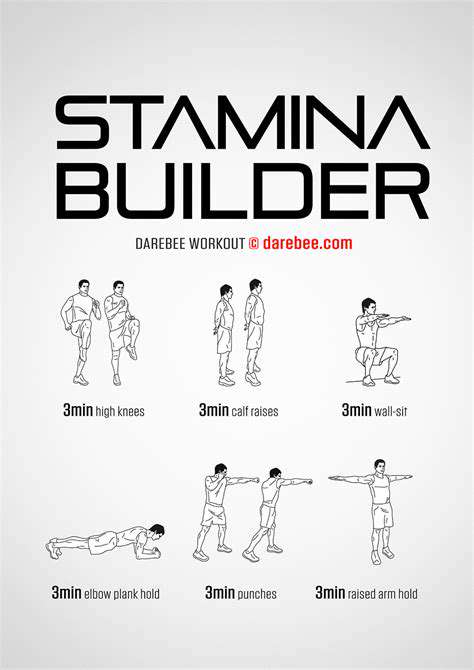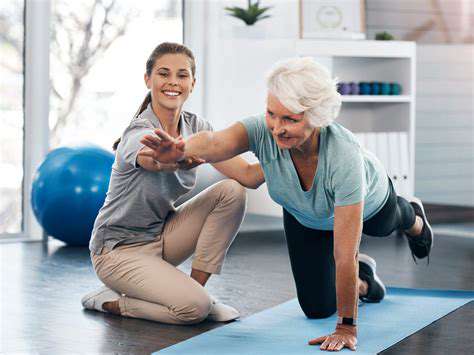Using a Chair for Balance in Senior Yoga Practice
A Guide to Chair Yoga for Enhancing Seniors' Mobility
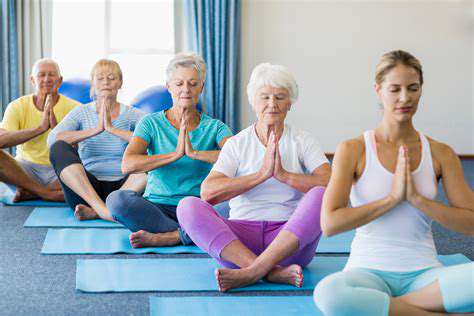
The Unique Value of Chair Yoga
Developed from traditional floor yoga, chair yoga opens a new door to health for seniors with limited mobility. This ordinary piece of furniture not only provides physical support but also becomes a bridge connecting physical and mental health. By transforming everyday objects into exercise tools, this innovative form allows elderly friends to gain health in a familiar environment.
Dual Guarantee of Safety and Comfort
For seniors who are prone to dizziness or joint degenerative issues, the stable support provided by the chair serves as an invisible safety net. I have noticed that many students unconsciously clutch the chair back for a sense of security when they first start learning. This establishment of bodily memory effectively alleviates psychological stress during exercise, allowing for greater focus on the movements themselves.
- The height of the chair seat should ensure that both feet can rest flat on the ground.
- Choosing dining chairs with armrests facilitates getting up.
- It’s recommended to use non-slip mats in winter.
The Scientific Considerations in Movement Design
The chair yoga sequences designed by professional physical therapists fully consider the physiological characteristics of the elderly. For instance, the seated forward bend not only stretches the back muscles but also gently massages the abdominal organs. I remember a seventy-year-old student who improved her long-standing constipation problem through continuous practice of this movement last year.
The Perfect Fusion of Breath and Movement
While guiding breath exercises, I often suggest that students imagine inhaling golden energy through their nostrils. This visualization helps make the control of breathing more natural and smooth. A retired teacher shared that she now practices abdominal breathing while waiting for the bus, and she has noticeably felt a reduction in palpitations.
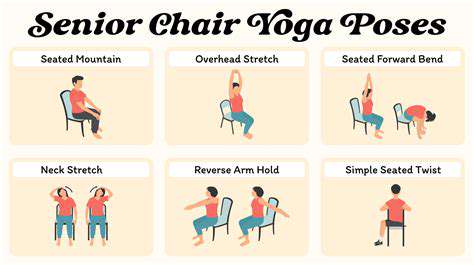
The Invisible Armor Against Falls
Progressive Development of Muscle Strength
The seemingly simple seated leg lift actually contains profound exercise wisdom. When maintaining the lifted leg position, not only the quadriceps are engaged, but the core muscles are also silently at work. This type of composite training is key to preventing falls. In the initial stages, it is advisable to use a resistance band for assistance and gradually transition to bodyweight exercises.
Proprioceptive Awakening Training
The eyes-closed balance exercises are among the most popular in the course. By temporarily closing visual compensation, the body is forced to activate its internal balance mechanisms. A student who had undergone knee replacement mentioned that she now feels her steps are noticeably steadier when going up and down stairs.
A Gentle Prescription for Soul Healing
A Green Channel for Stress Relief
In the fast-paced modern life, chair yoga provides seniors with a rare moment of tranquility. As the fingers slowly reach skyward, it feels as if all worries are cast away with this motion. Many students reported a noticeable improvement in sleep quality after class.
A Healthy Extension of Social Networks
Community center group classes often become a new social hub for elderly friends. After last week’s class, a few students arranged to meet at the park to continue practicing, and this spontaneous healthy social circle is the most gratifying outcome we want to see.
Practical Suggestions and Precautions
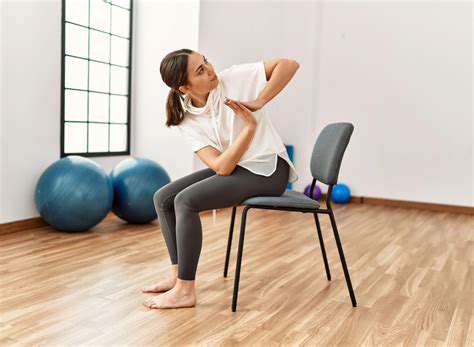
The Art of Personalized Adjustments
Each senior’s physical condition is a unique textbook. A senior with Parkinson's disease broke down certain movements into smaller units and achieved better training results. Remember: Standard movements are a reference, but the body's feedback is the real teacher.
Details of Environmental Arrangement
- Keep the practice area well-lit but soft.
- Prepare side tables at an appropriate height for placing water cups.
- Play nature background sounds below 60 decibels.
Last week, a student placed her grandson's full moon photo in the practice area, saying that it motivates her each time she sees it. This emotional connection makes it easier to maintain healthy habits.
